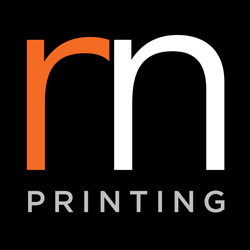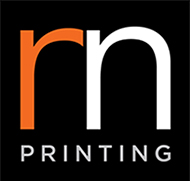Labelling is the act of putting the display of label in every single product. The label holds vital information regarding a product’s packaging, container, or the ingredients used to manufacture it. This includes drug facts (if there are any), directions on how to use it, and warnings (e.g. keep out of reach of children, do not ingest, can cause allergies…, etc.).
It’s important to note that the type and range of information imparted by labels are all ruled by pertinent shipping and safety laws. Labelling is important, especially for those in the commercial business because they are the ones responsible for advertising the product to the public. With that being said, what exactly makes commercial labels crucial instruments for promoting merchandises?
A Tool for Captivating People
The important function of labelling is that it aids in capturing a customer’s attention. Partnered with the alluring packaging of the product and the convenience it provides, marketers can effectively increase the chance of encouraging customers to purchase the merchandise. Together, labelling and packaging make transmitting information and communicate how to dispose, use, transport, or recycle, the product.
Aside from providing information and instructions, labelling is also used to bedeck the product, making it even more appealing to consumers. It’s also utilised for identification and makes it easier for customers to differentiate the item from its competitors. With all of these uses, it’s important not to rush the design and plan it as creatively as possible.
Depicts the Product in the Right Way
Being depicted correctly is vital for the success of a product. Misinformation will only lead to disappointed customers, and disappointed customers often find very little reason to stay with a misrepresented product. Labelling ensures that the product comes with the correct information pertaining to it.
It ensures that information like warnings, instructions, etc., are disseminated to the public. This is especially important when it comes to pharmaceutical products. In the pharmaceutical industry, commercial labels are made to accurately describe the contents and effects of a certain drug, in an effort to make customers aware of what they’re about to ingest, instead of relying on what they found online, which is one of the dangers of the digital age.
Meeting the Label Compliance Code
Before a label can even be incorporated into a product it goes through a process known as the “label compliance.” Label compliance is the act of making sure that a product label is able to meet every single relevant regulatory requirement there is. It’s a procedure that stretches beyond the scope of government regulation, all the into admissible industry standards. A reliable printing company would be of great help to businesses because they know what the requirements are, and they’d be capable of making sure that the labels they make meet them.
Commercial labels play a huge role in the success of the product to the point that if an item didn’t have one; they’re doomed to fade into obscurity. Take labels and labelling seriously and make it a point to create trademarks that don’t make the product look amazing, but one that meets compliances and urges people to buy.



 1300 483 455
1300 483 455 0418 260 940
0418 260 940 132 Marsden St, Parramatta
132 Marsden St, Parramatta




